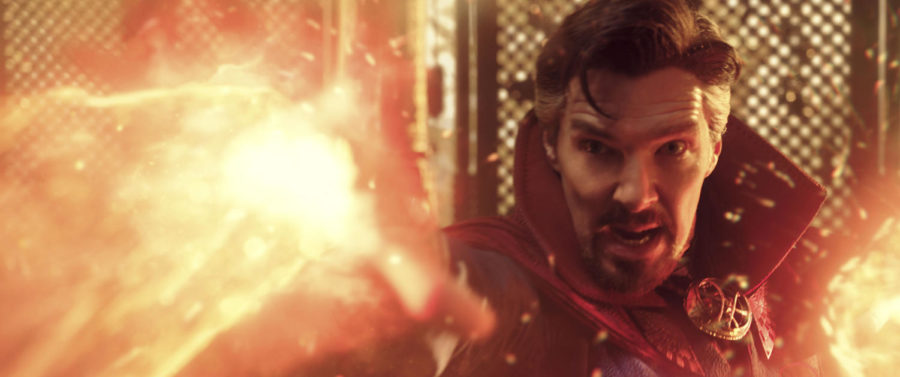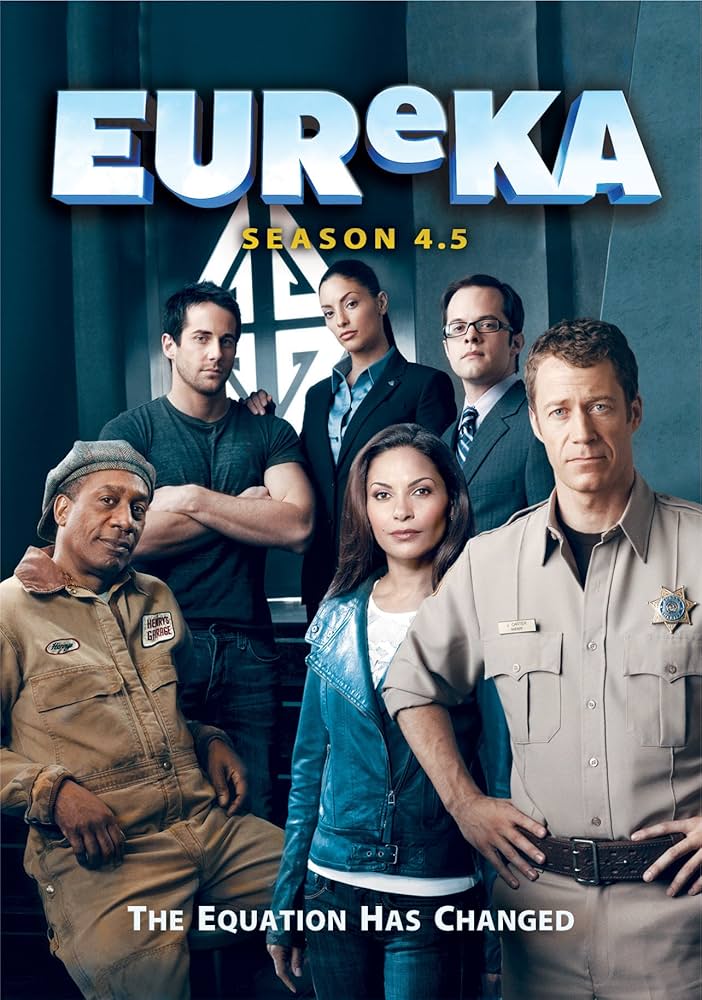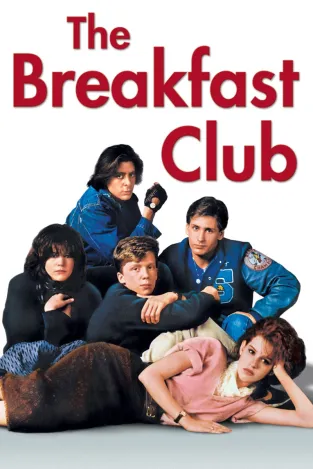Impossible to review as good or bad, Dr. Strange in the Multiverse of Madness is a tonal and cinematic outlier from what we’ve become accustomed to over the last decade and a half of Marvel films.
Critically speaking, Dr. Strange in the Multiverse of Madness has set itself up against an impossible foe: everyone. More people engaging in content means more opinions, more diversity amongst impressions of the film, and most importantly, more anger.
No Marvel film has been torn to shreds quite like Multiverse of Madness has. The response has erupted in a staggering polarity between people who loved it and people who hate it. It begs the question: will audiences ever be satisfied with Marvel again? Short answer, no.
After the release of Avengers: Endgame, audiences have been somewhat underwhelmed by what came to follow in the next few years, due to the raw emotion Endgame invoked. The enormous weight that Endgame held in the fandom casts a long shadow on recent Marvel content, leaving audiences in a state of confusion: where’s the next best thing?
With all of this to consider, I’m here to actually review Dr. Strange in the Multiverse of Madness by looking at its cinematic elements more so than its satisfaction and fanservice. My conclusion? It WOULD have been a disaster, had it not been for director Sam Raimi.
The first thing most audience members will notice just in the first few minutes is that this movie moves fast. Really fast. Too fast. Except when it randomly decides to drag on for underwhelming action sequences. We barely get to see Stephen Strange out of his robes before a monster attack pulls him away from real life.
After a disappointing and long fight with said squid monster, we are introduced to one of the highlights of this movie, the character America Chavez (Xochitl Gomez). Then, after a purely expositional interrogation scene played for laughs, Strange approaches the Scarlet Witch Wanda Maximoff for her help. All in under 15 minutes!
The orchard with Maximoff scene specifically highlights another one of the film’s issues: the dialogue. Most moviegoers understand that when you watch a Sci-Fi or otherwise fictional world, some dialogue might seem silly. Even with that in mind, characters like Wanda and the Illuminati members speak like they are talking directly to the audience with a big wink to the camera. It’s not a real conversation, it’s just information dumping. It’s corny.
This dialogue as exposition is another example of the writers trying to accelerate their story too quickly. Multiverse of Madness is just a little over 2 hours long, but why? We know that Marvel has absolutely no problem stretching their movies to as long as 3 hours to tell a complete story, so why does this film feel so rushed? In terms of pacing, this movie seriously needs to take a breath.
Further holding this film back is the B-plot. A good B-plot will intertwine with the A-plot subtly and introduce a suspenseful, impactful storyline to an overall greater story. Romance is nothing new to Marvel films, but are the writers trying to tell me that I am supposed to care equally about Strange’s ex-girlfriend who left him over 6 years ago, and the quest to save the multiverse from an evil witch? I got whiplash watching Doctor Strange explore new worlds, new characters, and new villains and then take a break every 25 minutes or so to look into some magic window and talk about how much he misses Christine.
The glaring issues, however, do not discredit this movie entirely. The saving grace of this film is that it has Raimi plastered all over it and it’s fantastic. He is able to deliver impactful and somewhat disturbing battle scenes all with the framing of a nostalgic action movie. The camerawork, specifically in scenes featuring Wanda, is simply unmatched. In an incredible world where we can’t seem to open our eyes wide enough, Raimi pinpoints the exact shots the audiences want to see and delivers them in full. Raimi’s horror elements, while somewhat scarce, were also done very well. The creepy atmosphere that you don’t often associate with Marvel’s typical batch of colorful films was reminiscent of Raimi’s earlier work such as the Evil Dead films.
In the end, Doctor Strange in the Multiverse of Madness tells an intriguing and complex story, skewed by ineffective filmmaking techniques. Had Raimi not intervened with his signature style and refreshing horror elements, this movie surely would have been at the bottom of anybody’s Marvel tier list.
The truth is, though, Marvel had a tough job here. These blockbuster films draw so much attention that audiences (including myself) are only going to continue to be more critical. Most things are never as bad as their worst haters rant, and never as good as their most adamant supporters claim. Multiverse of Madness in this reporter’s opinion, was a mess with a bow on it, which I enjoyed very much.













